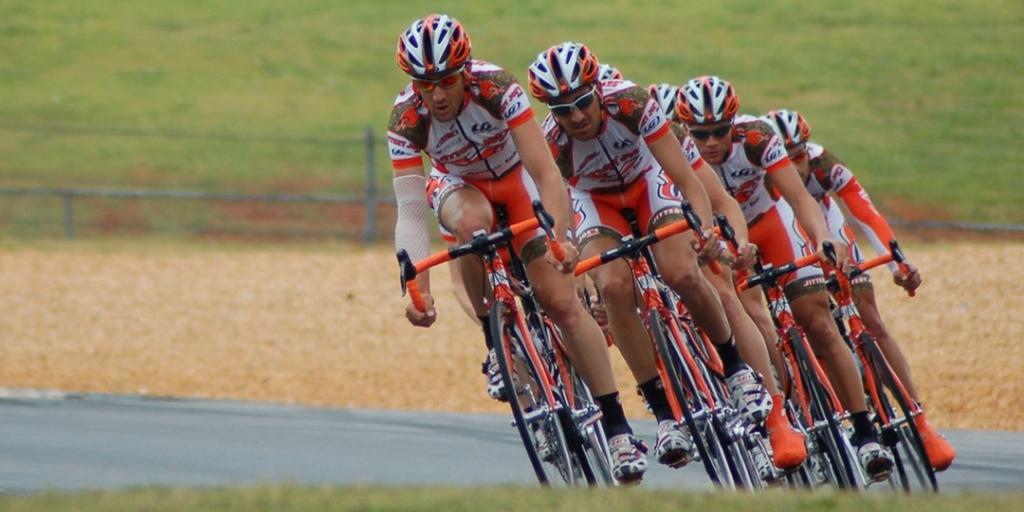
How to Mix Leadership With Project Collaboration?
A successful project collaboration involves a lot of things such as networking, business endeavors outside the organization, and new team members. As a leader of a project management team, you need to find ways to boost your team’s performance and gain exposure in order to give you a pathway to tackle new projects that are outside your zone.
The key here is knowing how to balance between your leadership and group project collaboration that will bring you not only a long-term working relationship with the others but with their organization as well.
Merging leadership skills and project collaboration together will also aid you in gaining more projects and new skills that you can get from other project teams. Here are ten ways to mix leadership with successful project collaboration.
- Communication
The best tool in project collaboration is a communication channel between teams in order to make coordination happen. When you maintain communication with other project managers, you are establishing a new relationship that will build up into project collaboration. Propose the idea up front and discuss the possible ways you and the other leaders can make such collaboration work. If you want collaboration to happen within your team, you need maintain communication that works effectively with your team members.
- Get to Know the Mentors
Having higher-level executives such as senior managers in your roster of contacts and project collaboration will aid you in training new members to improve and develop their skills. They will also give you advice and suggestions on how to keep growing as a team and give prospects for possible project collaboration.
- Build Another Team Within a Team
To widen your team’s capability and exposure, you need to create another hierarchy under that team. Assign someone to be a leader of this sub-team along with their respective members and tasks. These tasks and other activities should be approved by you first before embedding and implementing them within the team. When you have another team in your hierarchy, you create an opportunity to make project collaboration possible.
- Brainstorm On a Regular Basis
Ideas pop out of nowhere when you are in a middle of something. Set up a time devoted to brainstorming any solutions, methods, and ideas. This gives a sense of project collaboration to all teams involved. Brainstorming can also help members develop their creative skills when it comes to new techniques, reporting, and documentation.
- Facilitate Meetings
Besides the regular brainstorming sessions, set up meetings to discuss concerns, queries, and project progress. Allow as much participation from teams as possible and give them a chance to contribute their insights and ideas regarding the discussion. Successful project collaboration should have a clear vision before setting out the plans.
- View Conflict As a Positive Factor
Some conflicts don’t have to be destructive. A certain conflict, such as disagreements happens all the time in a project team because no one is really expected to agree together on one thing. The beauty of project collaboration is every member has their own idea to voice out—that is why disagreements ensue. But as a project manager, you need to identify if this disagreement is related to the team or just a personal dispute among members.
- Embrace Drawbacks
Make it a point to instill on the team’s mindset that their wrongdoing is not the primary cause of certain drawbacks. Project collaborations are prone to failure and so are your teams—if you can easily identify the problem and work towards a solution immediately. Learn to accept the fact that some drawbacks tend to happen to give you a sense of realization that something in the project that you might have missed.
- Ask for Feedback and Ideas
There should be an exchange of feedback between you as a leader and your team members. Ensure you are not the only one who gives feedback—they should do the same so everyone has a full understanding of each other’s feelings regarding tasks and some changes happening within the team. Always ask for ideas as well and make these ideas count. Team members wanted to be appreciated for more than their duties—they have tons of ideas, but sometimes they cannot bring it to the table for fear of being ridiculed about. So you have to give them a sense of encouragement in order for them to feel confident enough sharing their input.
- Provide Feedback
Refrain from giving vague feedback with the same monotonous drone of “Yes, that’s good.” Or “Great!” Every feedback you deliver to your team should be specific and it mirrors the project properly. Remember to be direct about it; avoid sugarcoating every line of your statement.
- Contain Potential Distractions
Doing project collaboration takes focus so ensure that your team members are doing the best they can in their assigned tasks. Don’t let them be distracted by external forces that don’t do favors for their performance. Some use discussions as an excuse to gossip or have casual conversations, so make sure you steer them away from that too.
Make these ways a practice to maintain healthy project collaboration. Remember that it can also work with other situations in project management. As a leader, it’s up to you how incorporate them in your project system without encountering too many drawbacks and other issues.

Subscribe To Our Newsletter
Join our mailing list to receive the latest news and updates from our team.























